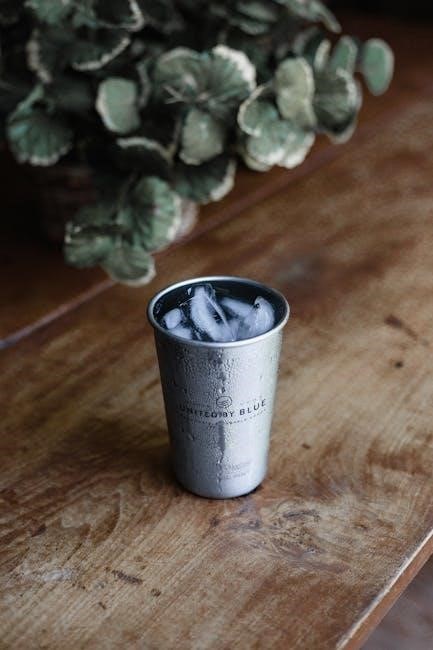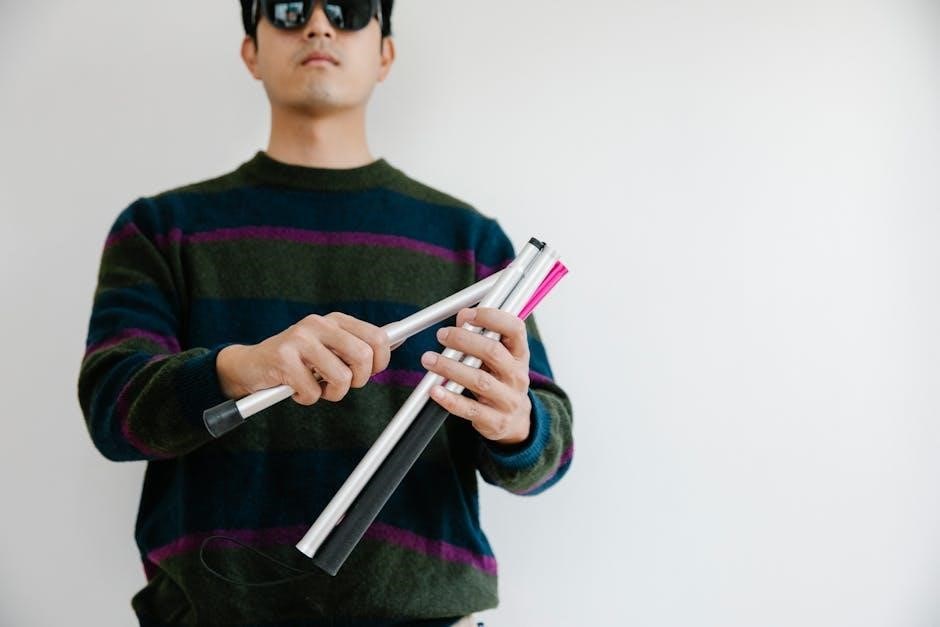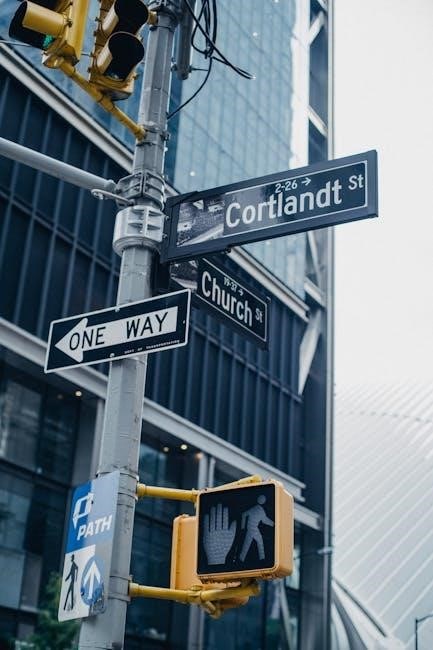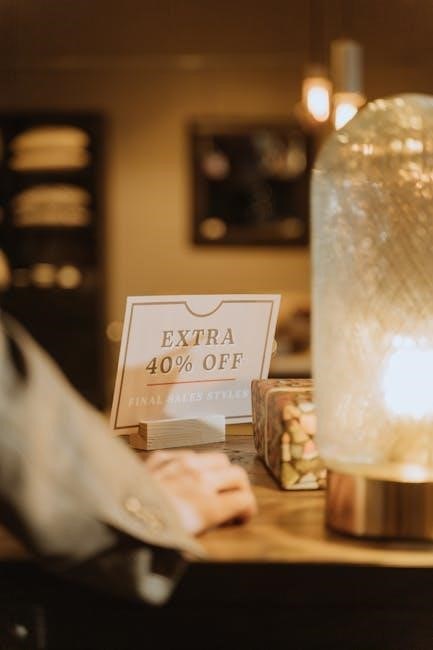Glass insulators, once essential for telegraph lines, have transitioned from functional relics to sought-after collectibles, valued for their rarity, condition, and historical significance. Their unique designs and colors add to their allure, making them treasured items among enthusiasts.
What Are Glass Insulators?
Glass insulators are thick, heavy pieces of glass designed to protect and insulate electrical wires, particularly on telegraph and telephone lines. Shaped like inverted cups, they were mounted on wooden poles to prevent electrical currents from escaping. Made from durable glass, they were essential for maintaining reliable communication systems in the 19th and early 20th centuries. Over time, they became obsolete due to advancements in technology but have since gained popularity as collectibles. Each insulator has a unique design, color, and history, making them fascinating pieces for enthusiasts and historians alike.
Historical Significance of Glass Insulators
Glass insulators played a pivotal role in the development of modern communication, enabling the expansion of telegraph and telephone systems in the 19th century. Their durability and insulating properties were crucial for maintaining reliable electrical connections over long distances. As technology advanced, insulators became obsolete, but they remain a testament to the era’s engineering ingenuity. Today, they are cherished by collectors for their historical value and connection to the early days of telecommunications. Each insulator tells a story of innovation and progress, making them significant artifacts in the history of technology and communication.
Why Collectors Are Interested in Glass Insulators
Collectors are drawn to glass insulators due to their unique blend of historical significance, aesthetic appeal, and rarity. These items, once functional, now serve as tangible links to the past, offering insights into early telecommunications. The variety in colors, designs, and manufacturers adds depth to collections, while the thrill of the hunt for rare pieces fuels enthusiasts’ passion. Additionally, the potential for appreciation in value makes glass insulators not only a hobby but also a savvy investment. This combination of history, beauty, and investment potential makes them highly desirable among collectors and historians alike.
Factors Affecting the Price of Glass Insulators
The price of glass insulators is influenced by age, rarity, condition, color, and market demand. Unique designs and historical significance also play a crucial role in valuation.
Age and Rarity
Age significantly impacts the value of glass insulators, with older pieces from the 19th and early 20th centuries commanding higher prices. Rarity, determined by limited production runs or unique designs, further elevates worth. Insulators from defunct manufacturers or those with distinctive features are particularly sought after. The scarcity of certain types, such as those used in early telegraph systems, makes them rare and valuable. Collectors often prioritize age and rarity, driving demand and prices for these historical artifacts.

Condition and Quality
The condition of a glass insulator plays a crucial role in determining its value. Flawless pieces with no chips, cracks, or discoloration are highly prized by collectors. Insulators in mint condition, retaining their original sheen and color, command premium prices. Even minor imperfections can significantly lower an insulator’s worth. The quality of the glass, including clarity and thickness, also affects value. Collectors and appraisers carefully inspect each piece for any signs of wear or damage. A well-preserved insulator not only looks more appealing but also holds greater historical and monetary value in the collector’s market.
Color and Design Variations
Color and design variations significantly influence the value of glass insulators. Rare colors like cobalt blue, emerald green, and amber are highly sought after, commanding higher prices due to their scarcity. Unique designs, such as threaded or pin-type insulators, also attract collectors. The combination of color and design can elevate an insulator’s desirability. For instance, a cobalt blue insulator with a distinctive thread pattern may be more valuable than a standard clear glass piece. These variations not only add aesthetic appeal but also reflect the historical diversity of insulator manufacturing, making them treasured additions to any collection.
Market Demand and Trends
Market demand for glass insulators is driven by collector preferences and trends. Rare colors, such as cobalt blue and emerald green, are highly sought after, increasing their value. Unique designs, like threaded or pin-type insulators, also attract enthusiasts. Online platforms have boosted accessibility, making rare pieces more attainable. Auctions often highlight high-demand items, driving up prices. Collectors increasingly favor insulators in pristine condition, reflecting a shift toward quality over quantity. Additionally, historical significance, such as insulators from early telegraph lines, is gaining traction. These trends underscore the dynamic nature of the market, making it essential for collectors to stay informed about current demands and emerging preferences.

How to Determine the Value of a Glass Insulator
Value is determined by age, rarity, condition, and color. Consulting experts and researching recent sales data helps establish accurate valuations for glass insulators.
Identifying the Type and Manufacturer
Glass insulators can be identified by their shape, color, and manufacturer markings. Many insulators feature embossed logos or initials from companies like Hemingray or Brookfield. These markings often indicate the manufacturer and production date. Some insulators also have patent dates or specific design features that distinguish them. Collectors should examine the base and sides for any inscriptions or symbols, as these details are crucial for identification. Comparing the insulator to known examples in collector guides or online forums can help confirm its type and origin. Accurate identification is essential for determining its value and historical significance.
Assessing the Condition
Condition plays a crucial role in determining the value of glass insulators. Collectors and appraisers inspect for chips, cracks, or signs of wear, as these can significantly impact the insulator’s worth. Insulators in mint condition, with no damage or discoloration, are highly sought after. Even minor flaws, such as small chips on the rim or base, can lower the value. Stress cracks or evidence of repair should be noted, as they affect the insulator’s integrity. Carefully examining the glass under bright light helps identify imperfections. The better the condition, the higher the insulator’s desirability and potential price.
Researching Recent Sales Data
Researching recent sales data is essential for understanding the current market value of glass insulators. By analyzing auction results, online listings, and collector forums, you can identify trends and pricing patterns. Platforms like eBay, specialized auction houses, and collector communities often provide detailed records of past sales. Comparing similar insulators in terms of age, condition, and rarity helps determine a fair market value. Tracking sales over time reveals whether certain types or colors are gaining popularity. This data is crucial for buyers and sellers alike, ensuring informed decisions and realistic price expectations in the dynamic world of insulator collecting.
Consulting with Experts or Appraisers
Consulting with experts or appraisers is a valuable step in determining the value of glass insulators. Specialists in antique glassware or telecommunications history can provide detailed insights into an insulator’s rarity, condition, and historical significance. They often have access to extensive databases and market knowledge, ensuring accurate appraisals. Reputable appraisers can also authenticate pieces, distinguishing genuine items from reproductions. Additionally, experts can offer guidance on restoration and preservation, enhancing the insulator’s value. Whether you’re buying, selling, or simply curious, professional expertise ensures informed decisions and helps navigate the complexities of the collector’s market effectively.

Price Ranges for Glass Insulators
Glass insulators vary in price, ranging from budget-friendly options under $50 to rare, museum-quality pieces exceeding $1,000. Prices depend on age, condition, and demand.

Budget-Friendly Options ($10-$50)
Glass insulators in the $10-$50 range are ideal for new collectors or those seeking affordable additions to their collection. These insulators are often common designs, such as standard telegraph or power line insulators, produced in large quantities during the mid-20th century. While they may lack rarity, they still offer historical charm and functional appeal. Many of these insulators are in good condition, with minimal wear, making them excellent starter pieces. They can be found on online marketplaces, antique shops, or collector forums. This price range allows enthusiasts to explore the hobby without significant investment, making it a great entry point for building a collection.
Mid-Range Insulators ($50-$200)
Glass insulators in the $50-$200 range offer a balance of quality, rarity, and affordability for collectors. These insulators often feature unique colors, such as cobalt blue or amber, or distinctive designs that set them apart from more common pieces. They may also be from less prolific manufacturers or represent specific historical periods, adding to their value. Condition plays a significant role, with insulators in excellent shape commanding higher prices. This range is ideal for collectors seeking to expand their collection with pieces that offer both aesthetic appeal and historical significance. Online marketplaces, antique shops, and collector forums are great places to find these mid-range insulators.
High-End Collectibles ($200-$1,000)
Glass insulators in the $200-$1,000 range are highly sought after by serious collectors due to their rarity, unique colors, or exceptional condition. These pieces often feature intricate designs, vibrant hues like cobalt blue or emerald green, or come from renowned manufacturers. Historical significance, such as ties to early telegraph or telephone systems, can also elevate their value. Collectors willing to invest in this range typically seek items with impeccable provenance or those that complete a specific collection. Auctions, specialty dealers, and collector networks are common sources for these high-end insulators, which are both treasured possessions and potential investments.
Rare or Museum-Quality Pieces (>$1,000)
Rare or museum-quality glass insulators exceed $1,000 due to their extreme scarcity, historical importance, or flawless condition. These pieces often feature one-of-a-kind designs, such as experimental shapes or colors, or are tied to significant events in telecommunications history. They may also bear rare manufacturer marks or date codes, adding to their value. Such insulators are typically acquired by serious collectors or institutions, with sales often occurring through high-profile auctions or private negotiations. These items are not only collectibles but also historical artifacts, making them invaluable additions to any collection focused on preserving the legacy of early communication technology.
Where to Buy and Sell Glass Insulators
Glass insulators can be purchased through online marketplaces, antique stores, auctions, and collector communities. These platforms offer a variety of options for both buyers and sellers.
Online Marketplaces (e.g., eBay, Etsy)
Online marketplaces like eBay and Etsy are popular platforms for buying and selling glass insulators. These sites offer a wide selection, ranging from common to rare pieces, with detailed descriptions and photos. Buyers can use search filters to find specific types, such as vintage or colored insulators. Many sellers provide provenance and condition reports, ensuring transparency. Additionally, these platforms often include buyer protection policies, making transactions safer. For collectors, online marketplaces are a convenient way to discover unique insulators and connect with sellers worldwide. They also allow for competitive pricing and the ability to negotiate or bid on items.
Antique Stores and Vintage Shops
Antique stores and vintage shops are excellent places to find glass insulators, offering a hands-on experience for collectors. These establishments often curate rare and unique pieces, with staff knowledgeable about their history and value. Buyers can inspect items in person, ensuring authenticity and condition. Many stores specialize in specific types of insulators, catering to both novice and seasoned collectors. Prices may vary, but the opportunity to negotiate and learn from experts makes these shops a valuable resource. They provide a personalized approach, enhancing the collecting experience and helping enthusiasts build meaningful collections.
Auctions and Specialty Sales
Auctions and specialty sales are dynamic platforms for acquiring rare glass insulators, offering both excitement and competitive pricing. These events often feature high-end or unique pieces, attracting serious collectors. Auction houses may include detailed descriptions, provenance, and condition reports, ensuring transparency. Specialty sales, focused on specific types or eras, cater to niche interests. Buyers can discover rare insulators, while sellers benefit from competitive bidding. Prices may exceed those in other markets due to demand and exclusivity. These platforms provide opportunities to acquire exceptional pieces, making them a key destination for collectors seeking standout additions to their collections.
Collector Communities and Forums

Collector communities and forums serve as vibrant hubs for glass insulator enthusiasts, fostering connections and knowledge sharing. These platforms allow members to showcase collections, seek advice, and learn about market trends. Many forums feature discussions on rare finds, restoration tips, and historical insights, making them invaluable for both newcomers and seasoned collectors. Additionally, these communities often host virtual or in-person events, creating opportunities for networking and collaboration. The camaraderie and shared passion within these groups make them a rewarding and educational resource for anyone interested in glass insulators, helping to sustain and grow the hobby’s popularity over time.
Care and Maintenance of Glass Insulators
Proper care ensures glass insulators retain their value and appearance. Clean gently with mild soap and water, avoiding harsh chemicals. Store in a cool, dry place, away from direct sunlight to prevent fading or damage. Handle with care to avoid chips or cracks, as damage significantly impacts their collectibility and aesthetic appeal.

Cleaning and Preservation Tips
Glass insulators require gentle care to maintain their condition and value. Use a soft, dry cloth to remove surface dust. For deeper cleaning, dampen the cloth with distilled water or a mild soap solution, avoiding harsh chemicals or abrasive materials. Scrubbing too hard can scratch the glass. Avoid soaking insulators, as this may loosen old repairs or damage the glaze. Dry thoroughly to prevent water spots. Store in a cool, dry place away from direct sunlight, which can fade colors. Handle with care to avoid chips or cracks, as damage can significantly reduce their collectible value and aesthetic appeal.

Storage and Display Recommendations
Proper storage and display are crucial for preserving glass insulators. Store them in a cool, dry environment, away from direct sunlight to prevent fading. Use acid-free tissue or soft cloth to wrap each insulator, protecting them from dust and scratches. For display, consider glass shelves or cases with UV protection to maintain color vibrancy. Avoid stacking insulators to prevent chipping or cracking. If showcasing a collection, arrange them by type, color, or era for an organized and visually appealing presentation. Regularly inspect stored items to ensure no moisture or pests compromise their condition, ensuring they remain pristine for years to come.
Restoration and Repair Options
Restoring glass insulators requires careful consideration to maintain their value and integrity. Minor chips or cracks can be polished by professionals, but extensive repairs may reduce an insulator’s worth. Avoid DIY methods, as they can damage the glass or alter its original character. For significant damage, consult a skilled conservator who specializes in glass artifacts. Some collectors prefer insulators in their original condition, while others appreciate subtle restorations that preserve functionality and aesthetics. Always document any repairs, as transparency is key for collectors and appraisers. Over-restoration can devalue an insulator, so prioritize preservation over perfection when addressing damage or wear.

Conclusion

Glass insulators offer a fascinating blend of history, craftsmanship, and collectibility, making them a rewarding pursuit for enthusiasts. Their unique stories and beauty continue to captivate collectors worldwide.
Final Thoughts on Collecting Glass Insulators
Collecting glass insulators is a rewarding hobby that combines history, art, and nostalgia. Each insulator tells a story of technological advancement and craftsmanship. For newcomers, starting with affordable pieces and gradually building a collection is advisable. Experienced collectors often seek rare or uniquely designed insulators to enhance their sets. The thrill of the hunt, whether at auctions or antique shops, adds to the joy of owning these pieces of history. Engaging with collector communities can provide valuable insights and connections. Remember, patience and research are key to finding treasures that resonate with your interests and budget.
Encouragement for Further Research
Glass insulators offer a fascinating blend of history, design, and collectibility, making them a captivating subject for further exploration. Delving into their historical significance, manufacturing techniques, and market trends can deepen your appreciation and inform your collecting decisions. Exploring collector communities, attending auctions, and consulting with experts can provide valuable insights. Additionally, studying recent sales data and learning about restoration practices can enhance your knowledge. Whether you’re a seasoned collector or just starting, ongoing research will help you make informed choices and uncover hidden gems in the world of glass insulators.

No Responses